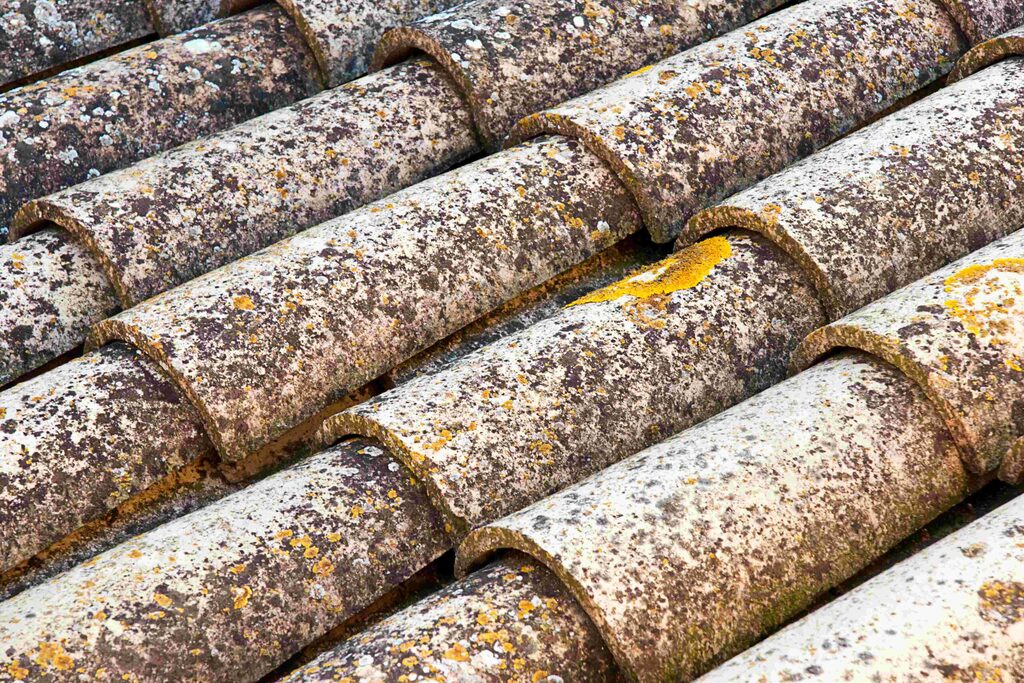Is mold growth on your roof causing trouble? Call the experts at Eustis Roofing at 352-343-4240 for a free quote.
Mold on roof materials presents a common problem in Central Florida, where high humidity and warm temperatures create the perfect habitat. Many homeowners struggle with organic growth on their roofs, which can lead to severe damage like wood rot and interior water intrusion. If you schedule an inspection by a professional roofer, the presence of mold may lengthen the roof inspection period and cause significant repair needs.
In this article, the Eustis Roofing team explains how to identify mold damage on your roof. If you want to schedule a roof assessment now, call us to work with a highly experienced company providing leading solutions. We can help you identify mold growth and provide the necessary repairs or roof replacement.
Identifying Mold, Mildew, Moss, and Algae
Many types of growth appear on roofs in humid and moist locations, but they don’t all pose the health risks of mold. Here’s a brief explanation of how to differentiate the four most common types of roof growth:
- Mold grows on moist surfaces, such as wet drywall and wood. When roofing materials allow water to intrude, the decking and other wooden structures become a mold breeding ground, creating slimy, stinky brown, dark green, and black spots. Untreated mold on roof decking and other materials can damage the roof’s overall structure and create health hazards for those inside the home.
- Mildew also grows in warm, moist regions and poses potential health risks. You can identify mildew by its powdery appearance. Although often a white color, mildew can also appear gray, reddish, or black.
- Moss is a plant that appears green and fuzzy. Some homeowners prefer the natural appearance of moss on their roofs, but unregulated moss growth can lead to increased moisture and subsequent rot.
- Algae often appear on roofs as green-black streaks. Although algae growth does not present health risks like mold, it can cause unsightly colors like mold and lead to rotting roof materials.
A professional roofer can help you determine which type of growth you have on your roof in Central Florida.
Signs of Mold Damage on a Roof
You may be able to identify mold damage on your roof from apparent growth on your shingles or shakes, but you can also look out for the following signs:
- Discolored roofing materials
- Slimy texture on roofing materials
- Visible mold growth in your attic
- Musty or rotten smell in your attic
- Increased allergies, asthma, and other respiratory issues
If you notice any signs of mold on your roof, call a local roofer as soon as possible.
Eustis Roofing Can Identify Mold Damage on Your Roof
Our Eustis Roofing team has the experience to bring you peace of mind if you suspect your home has mold on roof materials or in the attic. In addition to mold identification, we also offer installation of skylights and solar fans as a part of our roofing services, enhancing your home’s natural lighting and ventilation. Call us today at 352-343-4240 to schedule an inspection!



